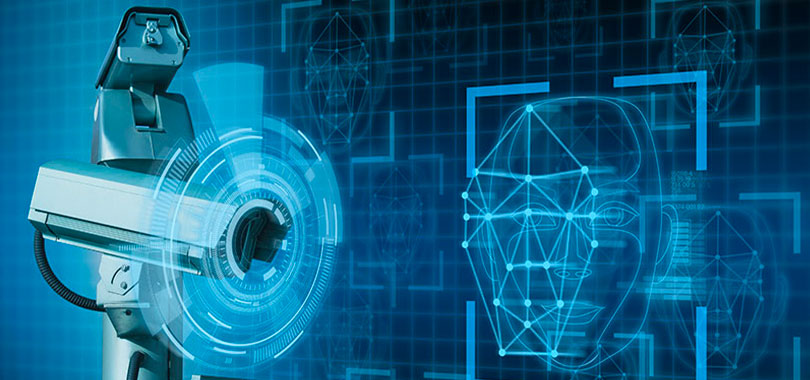In an era dominated by technological advancements, the evolution of video surveillance systems has been nothing short of extraordinary. From traditional closed-circuit television CCTV cameras to cutting-edge artificial intelligence-powered solutions, these systems have transcended their conventional roles, expanding their reach far beyond what was once imaginable. The primary function of video surveillance systems was initially confined to monitoring and recording activities in specific locations. However, with advancements in camera technology, connectivity, and data analytics, these systems have undergone a metamorphosis. Today, they play a pivotal role in enhancing security, improving efficiency, and even shaping societal behaviors. One of the most significant strides in video surveillance is the integration of artificial intelligence AI and machine learning algorithms. These technologies empower surveillance systems to analyze vast amounts of data in real-time, enabling them to differentiate between normal activities and potential threats.

Facial recognition, object detection, and behavioral analysis are just a few examples of how AI augments the capabilities of video surveillance systems. The reach of these systems extends far beyond mere security concerns. In urban planning, for instance, video surveillance is instrumental in managing traffic flow and optimizing public spaces. Smart cities leverage interconnected cameras to monitor traffic patterns, detect accidents, and adjust traffic signals in real-time, reducing congestion and enhancing overall transportation efficiency. Moreover, video surveillance has proven to be a valuable tool in law enforcement. The use of predictive analytics allows authorities to anticipate criminal activities and respond proactively. By analyzing historical data and identifying patterns, law enforcement agencies can deploy resources strategically, preventing crimes before they occur. This not only enhances public safety but also transforms the way societies approach crime prevention and detection. In retail, video surveillance systems have become indispensable for preventing theft and optimizing store layouts. Advanced analytics can track customer movements, identify shopping patterns, and provide insights that help businesses enhance the customer experience.
Additionally, san antonio cctv technologies contribute to the safety of employees and customers by monitoring for potential hazards and ensuring compliance with safety protocols. The widespread adoption of video surveillance also raises ethical and privacy concerns. The constant monitoring of public spaces and the use of facial recognition technology have sparked debates about the balance between security and individual privacy. Striking the right balance is crucial to ensure that the benefits of video surveillance are not outweighed by the erosion of personal freedoms. The future of video surveillance holds even more promise, with the continued integration of emerging technologies. Drones equipped with cameras, for instance, offer a dynamic and versatile approach to surveillance, enabling coverage in challenging terrains or during large-scale events. As technology continues to advance, the boundaries of video surveillance systems will likely expand further, reaching new heights of sophistication and utility. From enhancing security and efficiency to influencing societal behaviors, these systems have become an integral part of modern life. As technology continues to propel the evolution of video surveillance, it is imperative to navigate the ethical considerations to ensure a harmonious balance between security, privacy, and societal well-being.